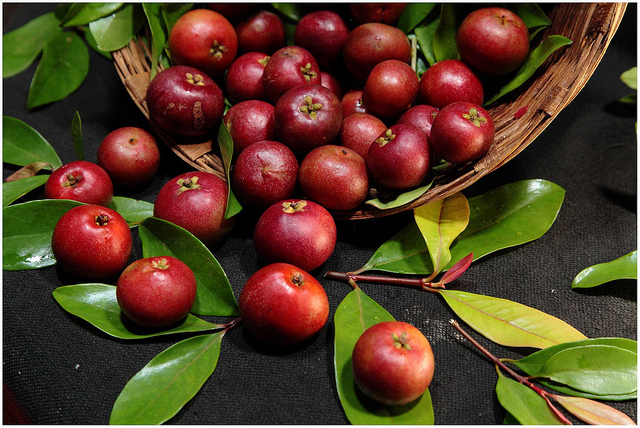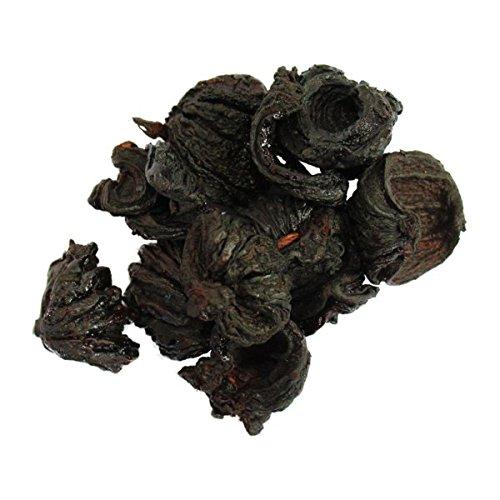What is it called in different languages?
English: cambodge/ kokum
Tamil: murgal
Hindi: kokam
Malayalam: punampulli
Marathi: amsol, katambi
Bengali: kokam
About kokum: Kokum is a plant that is used both as a spice and as a medicine. It belongs to the mangosteen family (Clusiaceae). Kokum is the most common ingredient in Gujarat, Maharashtra, and coastal states of Western Ghat region cuisines. Kokum is a fruit round in shape and dark purple/red in color. It has an acidic and slightly salty taste. Sun-dried kokum is a source of additive in foods and soring agents. It is a great source of B vitamins, ascorbic acid, manganese, potassium, fiber, garcinol. Kokum is great for pregnant women.
1.Raw kokum

2.Dried kokum

Benefits:
– Good for digestion
– Acts as an anti-fungal agent
– It has anti-aging properties
– Controls cholesterol
– Aids in weight loss
– Acts as a body coolant
– Helps in infant development
Uses:
– You can make dal –https://youtu.be/Iw-lMLIO_No
– Can make juice –https://youtu.be/uYybxgB-JmE
– You can make rasam –https://youtu.be/a1bBKWJGCIQ
– Can make soup –https://youtu.be/ZvJ1CQAQn0k
– You can make pulihora –https://youtu.be/_oM65F5KaEA
– Can make chutney –https://youtu.be/UD7kSqEAxVo
– You can make kadhi (curry) –https://youtu.be/239EoJYzzuo
